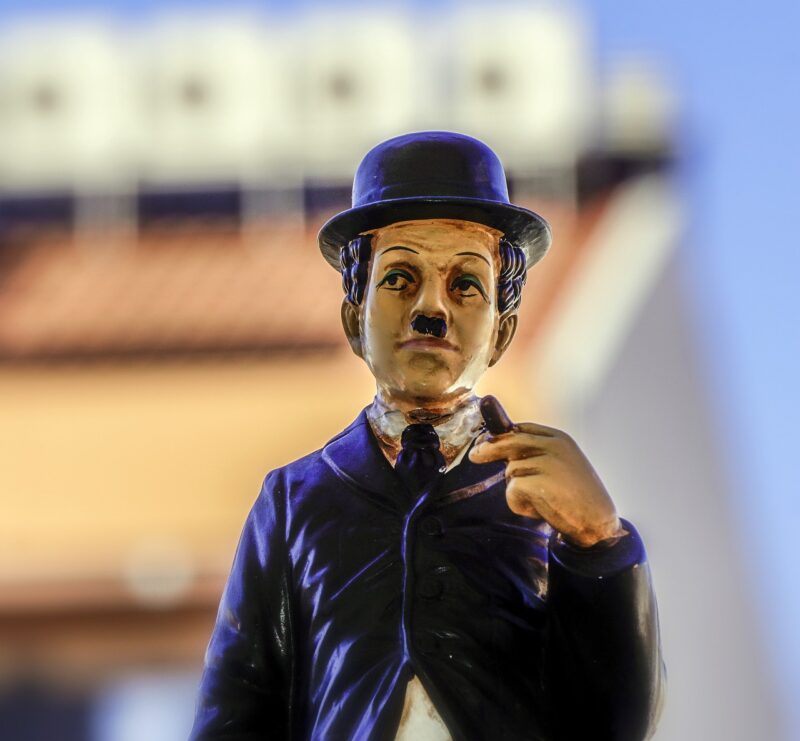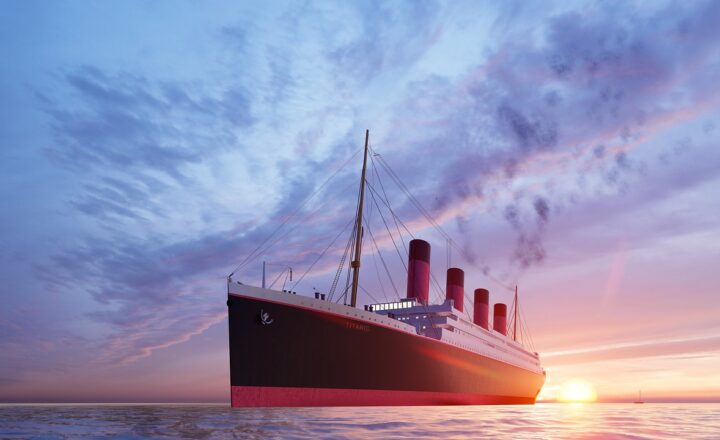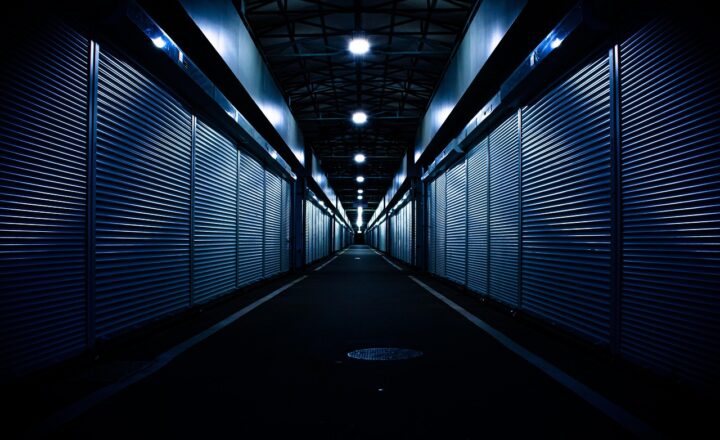10 Actors Who Almost Played Iconic Roles (And How Different They’d Be)
November 9, 2024

In the vast world of cinema, there are countless stories of actors who almost landed roles that would have altered the trajectory of their careers and the movies we know and love. Imagine how different your favorite films would be if certain actors had said yes instead of passing, or if the casting directors had taken a different route altogether. Here, we explore ten actors who missed out on iconic roles, discussing how these casting decisions could have changed the landscape of film as we know it.
1. Tom Hanks as Forrest Gump
One of the most beloved characters in film history, Forrest Gump, was almost portrayed by another A-list actor. Before Tom Hanks was cast, the role was offered to John Travolta. Travolta, known for his roles in “Saturday Night Fever” and “Pulp Fiction,” turned it down, believing the film would flop. Hanks’ heartfelt performance helped transform the movie into a historical masterpiece, earning him an Academy Award. Had Travolta accepted, the iconic lines and emotional depth might have taken on a different flavor altogether.
2. Will Smith as Neo in The Matrix
When the Wachowskis were developing “The Matrix,” they had a vision of a strong, charismatic protagonist. Will Smith was a top choice for the role of Neo, but he turned it down to star in “Wild Wild West.” Keanu Reeves ultimately took the role, delivering a performance that became synonymous with the character. Smith’s addition would have brought a different style and energy to the film—imagine a more comedic twist to the groundbreaking sci-fi classic!
3. Lena Headey as Cersei Lannister
Before Lena Headey took on the role of the cunning Cersei Lannister in “Game of Thrones,” the part was originally intended for fellow actress, and “Harry Potter” alum, Tilda Swinton. Swinton is known for her eclectic and often whimsical performances, which might have made Cersei an entirely different character. While Headey’s fierce portrayal won accolades, Swinton’s artistic background could have produced an intriguingly eccentric take on the role.
4. Al Pacino as Han Solo in Star Wars
In a casting decision that seems almost too surreal to believe, legendary actor Al Pacino was up for the role of Han Solo before it ultimately went to Harrison Ford. Pacino recently revealed that he didn’t understand the character and turned it down, leading to Ford’s legendary performance that is now etched in pop culture history. Imagining Pacino’s intense style as the lovable rogue Han Solo is an exercise in alternative casting that certainly alters the narrative.
5. Matthew McConaughey as Doctor Strange
Before Benedict Cumberbatch donned the cloak of the Sorcerer Supreme in the Marvel Cinematic Universe, the role was initially considered for Matthew McConaughey. The actor ultimately passed due to scheduling conflicts, allowing Cumberbatch to bring an unexpected depth and quirkiness to Doctor Strange. McConaughey’s distinctive drawl and style would have lent the character a very different feel; we may have seen less mystical anxiety and more laid-back wizardry.
6. Sean Connery as Gandalf in The Lord of the Rings
In a surprising twist, Sean Connery was offered the iconic role of Gandalf in “The Lord of the Rings,” but he turned it down after not understanding the story. Sir Ian McKellen took up the mantle and delivered a wizardly performance that is now beloved by fans. Connery’s portrayal may have projected a different style of leadership and wisdom onto the character, potentially diverting the tone of the entire trilogy.
7. Hugh Jackman as a James Bond
Before Daniel Craig made headlines with his portrayal of James Bond, Hugh Jackman was one of the frontrunners for the coveted role. However, Jackman chose to continue focusing on his Wolverine character in “X-Men.” Jackman’s charm and ruggedness would have brought a refreshing take on Bond, possibly denying Craig of the modern, brooding image that has been established since his debut. It’s fascinating to consider how this casting could have shifted the tone of the entire franchise.
8. Sarah Michelle Gellar as Mary Jane Watson
Before Kirsten Dunst became the face of Mary Jane Watson in Sam Raimi’s “Spider-Man,” Sarah Michelle Gellar was considered for the iconic role. Gellar’s history as a strong female lead in “Buffy the Vampire Slayer” could have brought a different dynamic to Peter Parker’s love interest. While Dunst’s portrayal is now iconic, Gellar’s take could have infused Mary Jane with a sharper edge and more modern sensibility.
9. Emma Watson as the Bee in La La Land
Emma Watson was initially considered for the lead female role in “La La Land,” which eventually went to the vibrant Emma Stone. Watson, known primarily for her work as Hermione in “Harry Potter,” may have brought a different perspective and energy into the musical. Stone’s free-spirited interpretation captures the essence of the film, but one can only imagine how Watson might have brought her own unique touch to the role, potentially changing the film’s reception.
10. Robert Downey Jr. as The Joker
Before Heath Ledger delivered his unforgettable performance as The Joker, Robert Downey Jr. was considered for the role in “The Dark Knight.” Downey Jr.’s unique charisma could have provided a lighter, cheekier interpretation of the Joker, diverging dramatically from Ledger’s intense and dark take. The impact of this alternative casting on the film’s themes and tone would certainly have made for an interesting discussion.
Conclusion
These casting decisions remind us of how intricate the web of film-making can be, with actors’ choices shaping the movies we know and love. Each actor brings a unique style and set of influences to their roles, meaning that the films, as we see them, could be a very different experience had these casting calls gone another way. Explore these ‘what ifs’ not just as hypothetical scenarios, but as important reminders that every choice in casting impacts storytelling on a huge level. While we may never know what we missed out on in these ten cases, the beauty of cinema lies in its endless possibilities, and it urges us to imagine all the different ways our favorite stories could be told.






